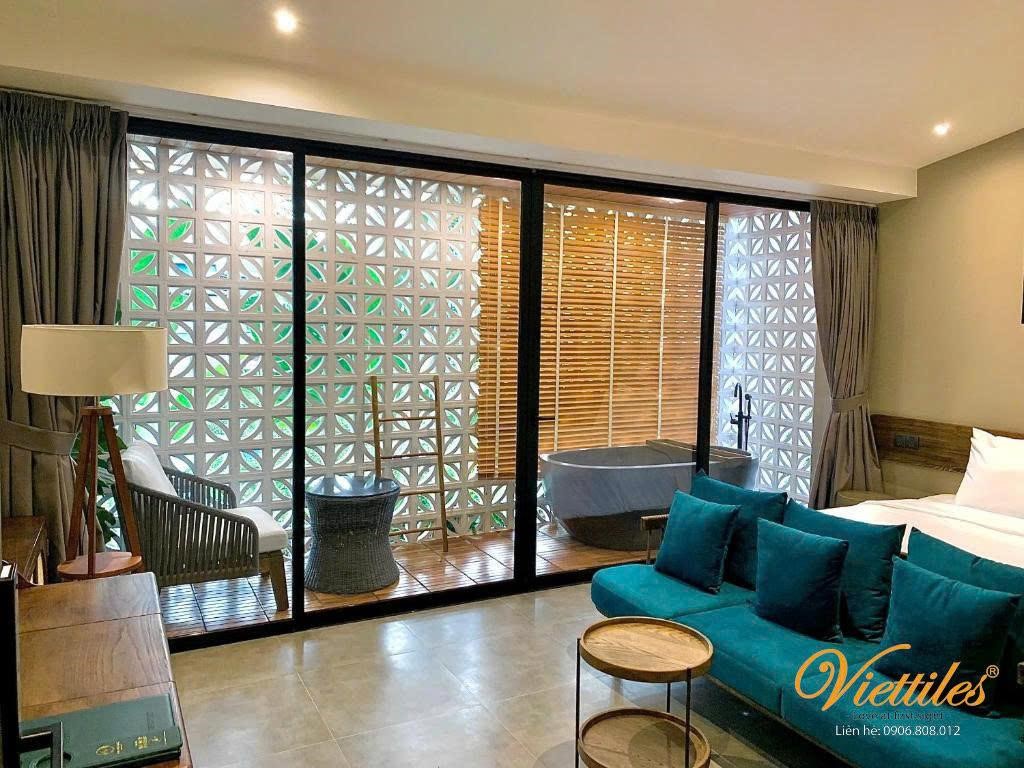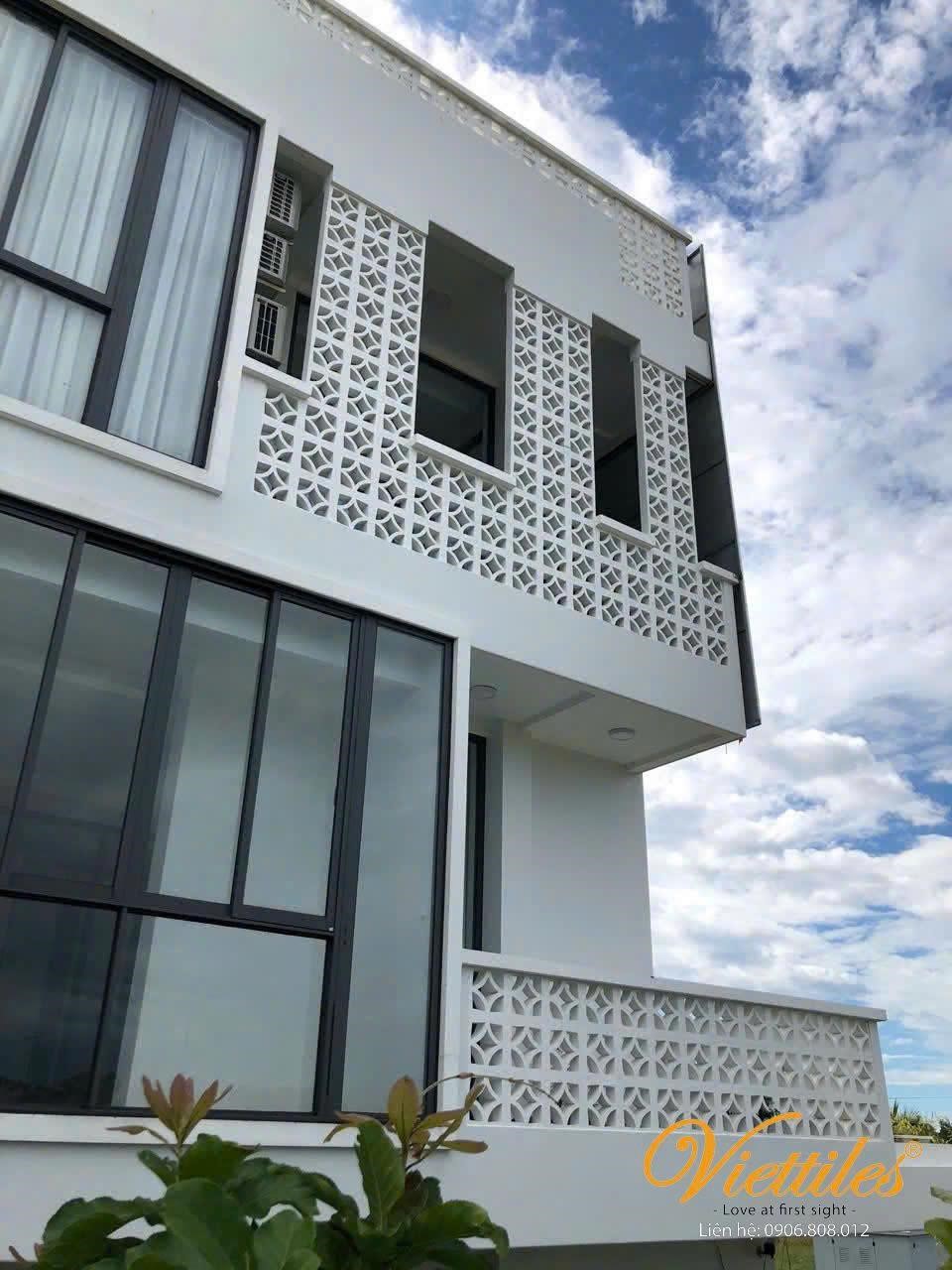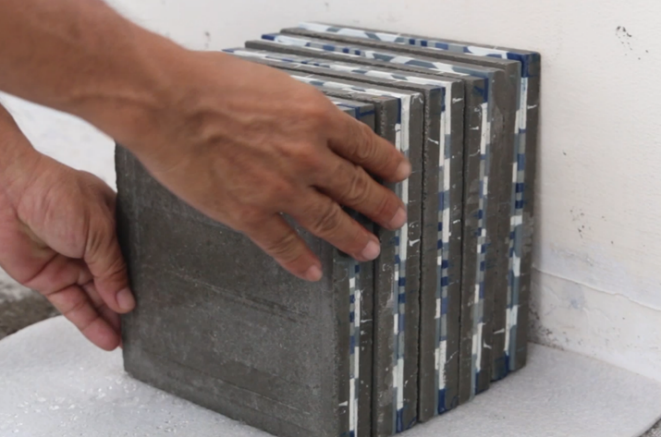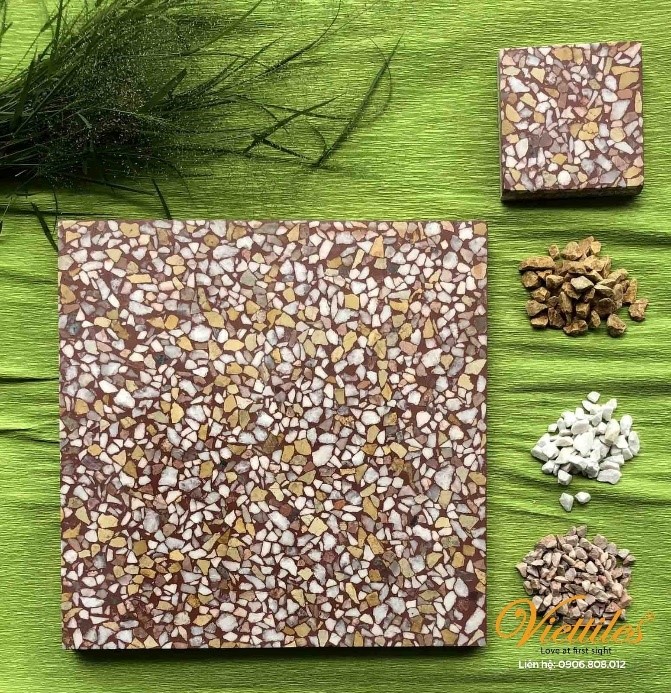Facade Breeze Blocks A Solution for Ventilation and Aesthetics in Modern Architecture
In every beautiful architectural work, there’s always a detail that makes people stop and gaze for a while. On the facade—the “face” of the house—that detail could be the rhythmic arrangement of handcrafted breeze blocks, acting like tiny windows where light filters in, wind flows through, and subtle artistry emerges from every rustic cement tile.
More than just a building material, facade breeze blocks today have become a design statement—where aesthetics, functionality, and the finesse of craftsmanship come together. In the pace of modern life, as people reconnect with nature and authentic values, breeze blocks not only allow buildings to “breathe” but also tell a unique, inspiring story.
1. Breeze Blocks – When Architecture Meets the Art of Living
No longer merely a construction element, facade breeze blocks have evolved into an artistic highlight in contemporary architectural design. Once used simply for ventilation and daylighting, they are now elevated into aesthetic symbols—where lines, forms, and light harmonize to create a poetic beauty for every space.

2. Facade Breeze Blocks – A Natural Airflow Solution
In the midst of dense, concrete-filled cities, a “breathing” facade is the dream of many homeowners.
Facade breeze blocks offer multiple benefits:
● Allow natural daylight to enter without the need for electric lighting during the day
● Enable continuous airflow, reducing stuffiness inside the space
● Help minimize external noise and heat
● Contribute to energy savings in the building’s operation
With their delicate hollow-and-solid design, each breeze block acts as a “breathing hole” that brings coolness and vitality to the interior—something no air conditioner can truly replace.

3. Breeze Blocks – An Aesthetic Touch for Building Facades
Each breeze block is a miniature work of art. Handcrafted from durable cement, Viettiles breeze blocks offer a perfect balance between structural strength and visual appeal.
You may come across:
● Classic floral patterns that gently reflect Asian aesthetics
● Contemporary geometric motifs that are minimalist yet striking
● Or one-of-a-kind, custom-designed breeze blocks made specifically for unique architectural projects
When installed as a large facade feature, breeze blocks create the effect of an “artistic concrete curtain” – offering privacy, ventilation, and a visually captivating presence.

4. Versatile Applications – From Homes to Landmark Projects
Facade breeze blocks are not limited to any single type of building. Their flexibility and ease of installation make them an ideal solution for various architectural styles and functions:
● Townhouses and villas: enhance privacy without sacrificing ventilation
● Cafés and restaurants: add unique character and visual appeal
● Hotels and resorts: elevate the living experience with artistic touches
● Cultural buildings and museums: serve as distinctive architectural highlights

5. Why Choose Facade Breeze Blocks from Viettiles?
● Handcrafted production – each tile is a product of skilled artisans
● Durable quality – strong cement tiles built to withstand harsh weather
● Diverse designs, sizes, and patterns
● Custom design support tailored to each project’s unique needs
● Globally exported, meeting high standards in both technical and aesthetic aspects
6. Breeze Blocks – A Timeless Beauty
In an age where convenience and industrialization dominate, handcrafted details like breeze blocks retain their enduring value—because soulful beauty never goes out of style.
They are more than just building materials; they are the embodiment of art, climate, and local culture—a harmonious blend rarely found in modern materials.
Conclusion
If you're looking for a solution that is beautiful, breathable, and sustainable—facade breeze blocks are the answer. Let Viettiles accompany you in creating facades that can “breathe,” and living spaces that “speak”—through the language of light, wind, and craftsmanship.





